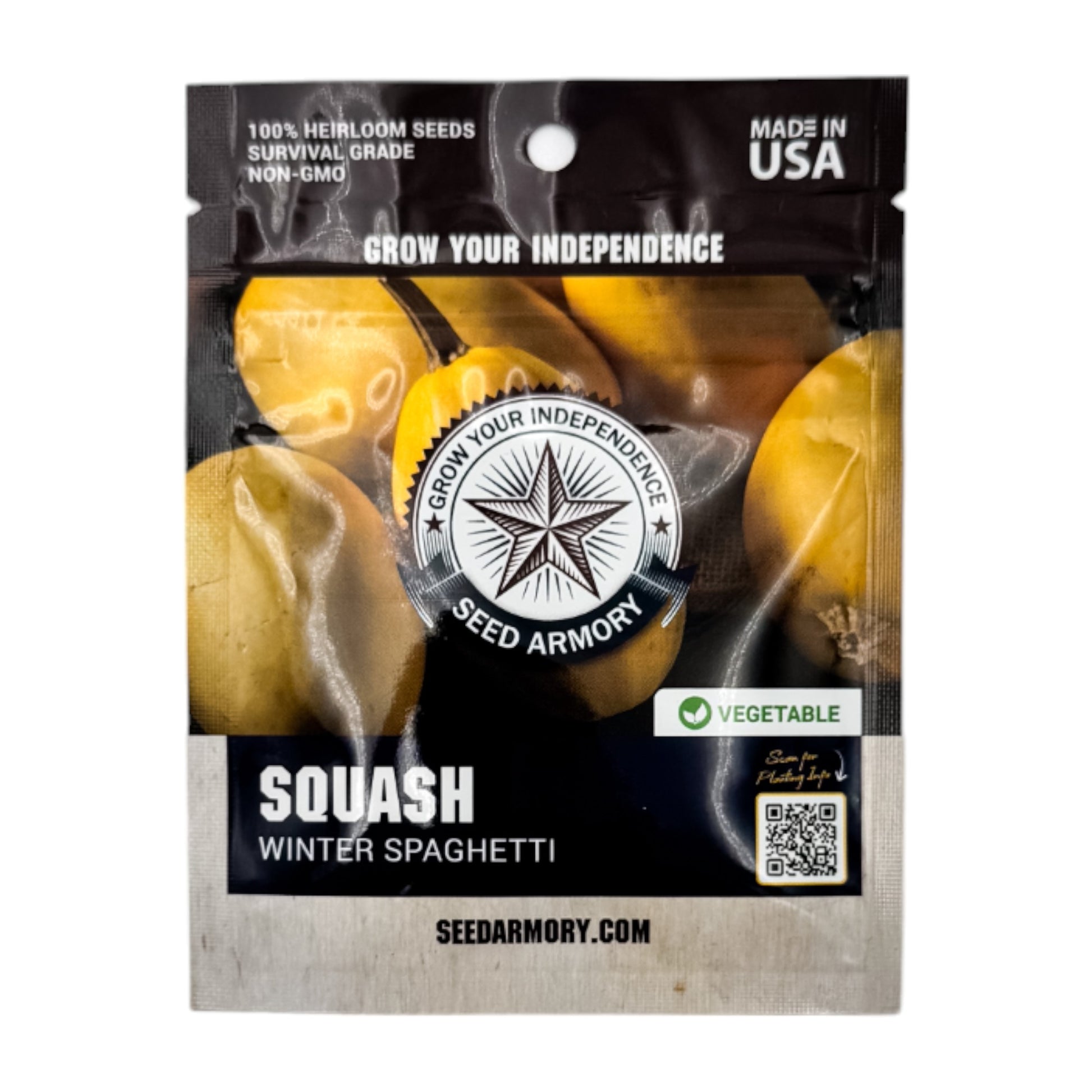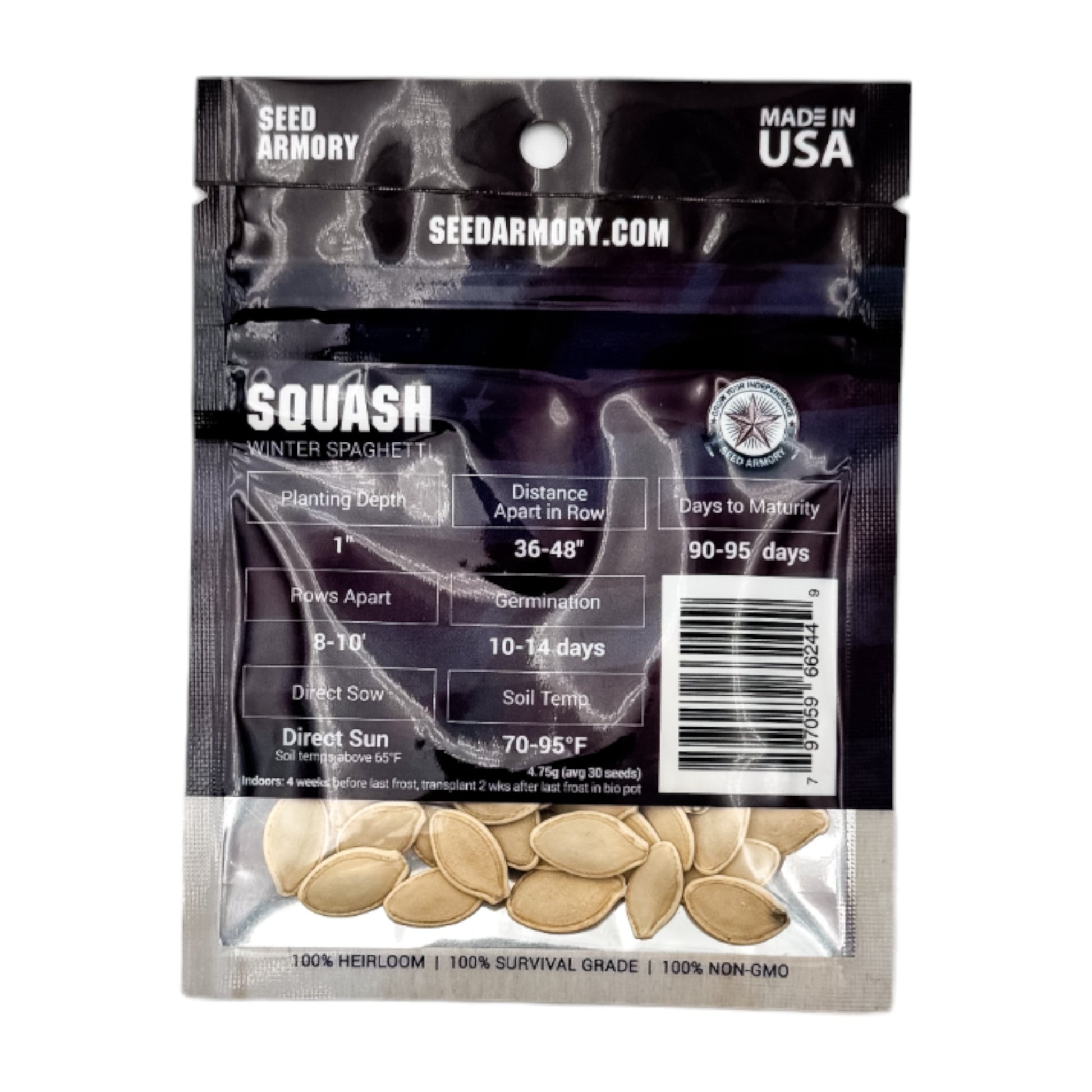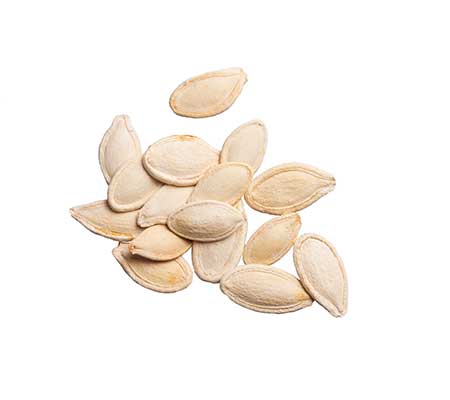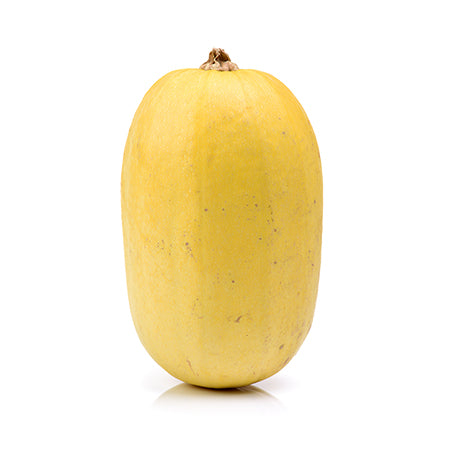- Type: Squash & Gourds
Squash Seeds - Winter Spaghetti
Packed in Resealable Long Life Mylar
Moisture Proof Packets
10+ Year Survival Seed Viability
- Category: Vegetable
- Type: Squash
- Variety: Winter Spaghetti
- Family: Curcubitaceae
- Botanical Name: Cucurbita pepo
- Hardiness Zones: 3,4,5,6,7,8,9
- Growing Difficulty: 2
- Soil PH: 6.0 to 6.8
- Fertilizer Requirements: 24-8-16
- Soil Type: Rich, Moist, Well-Draining
- Germination (days): 10 to 14
- Soil Temp for Germination: 70-95°F
- Lighting Conditions: FULL SUN
- Days to Maturity: 90 - 95
- Planting Depth: 2-3”
- Distance Apart (in row): 36-48”
- Row Spacing: 8-10ft
Sowing Instructions
DIRECT SOW IN WARM, FERTILE SOIL WHEN SOIL TEMPS ARE ABOVE 65°F
Starting Indoors
4 WEEKS BEFORE LAST FROST FOR GARDENERS IN SHORT GROWING SEASONS (USE PEAT POT) SQUASH DOES NOT TRANSPLANT WELL
Growing Tips
IMPORTANT - When planting Squash, choose an area where you have not planted squash or related crops within the past 2 years.
If starting indoors, make sure to harden off the seedlings by introducing them to the outside weather conditions for several hours per day for at least a week before transplanting.
When the soil temperature reaches an average of 60°F, you can transplant or directly sow your squash seeds.
We recommend planting squash in the same way that you would plant pumpkins (mound planting). Plant two squash plants per hill, separate the hills by about 8-10’ apart. Squash can be companion planted with corn, but you should avoid planting your squash near potatoes.
Place a layer of mulch under your squash plants to control moisture and prevent weeds. This will also protect the squash from too much ground moisture and keep the fruit clean.
You should start pinching off many of the blooms during midsummer to allow the plant to focus energy on the squash production of only a few fruits per plant.
Culinary Uses
Spaghetti squash has gained popularity over the past several years as people are looking for gluten free alternatives to for their diet. As the name says (spaghetti), the inside of the spaghetti squash is similar in texture to a spaghetti noodle and can be used to supplement pasta in many dishes.
Harvesting Crops
Like a pumpkin, squash can be harvested as soon as its stem becomes dry and you are unable to pierce the skin of the squash with your fingernail. Squashes do not like cold weather and frost will damage your squash.
Make sure that when you harvest your squash, you use a sharp knife or garden shears to cut them from the vine.
Cut the squash off the vine with about 2-3” of stem length remaining on the top of the pumpkin. Allow the stem to harden and shrivel by sun curing your harvest. Squash will keep well if kept in a 45-50°F location and can last for months.
Harvesting Seed
Once the squash has been cured, the stem is dried and the skin is unable to be pierced, you are able to harvest the seeds.
Harvesting squash seed is like that of harvesting pumpkin seeds. Cut the squash open and remove the seeds with the pulp. Separate the seeds from the pulp with a colander and running water. Place the seeds in a bowl of water to continue separating the rest of the pulp. The seeds you will want to harvest are the ones that sink.
Make sure to dry the seeds thoroughly by lying flat on a large paper towel and turning or stirring them up frequently to make sure both sides have completely dried. Safely store you seeds to use in your next crop. Squash seeds are viable for up to four years depending on your storage method.
Have a question?
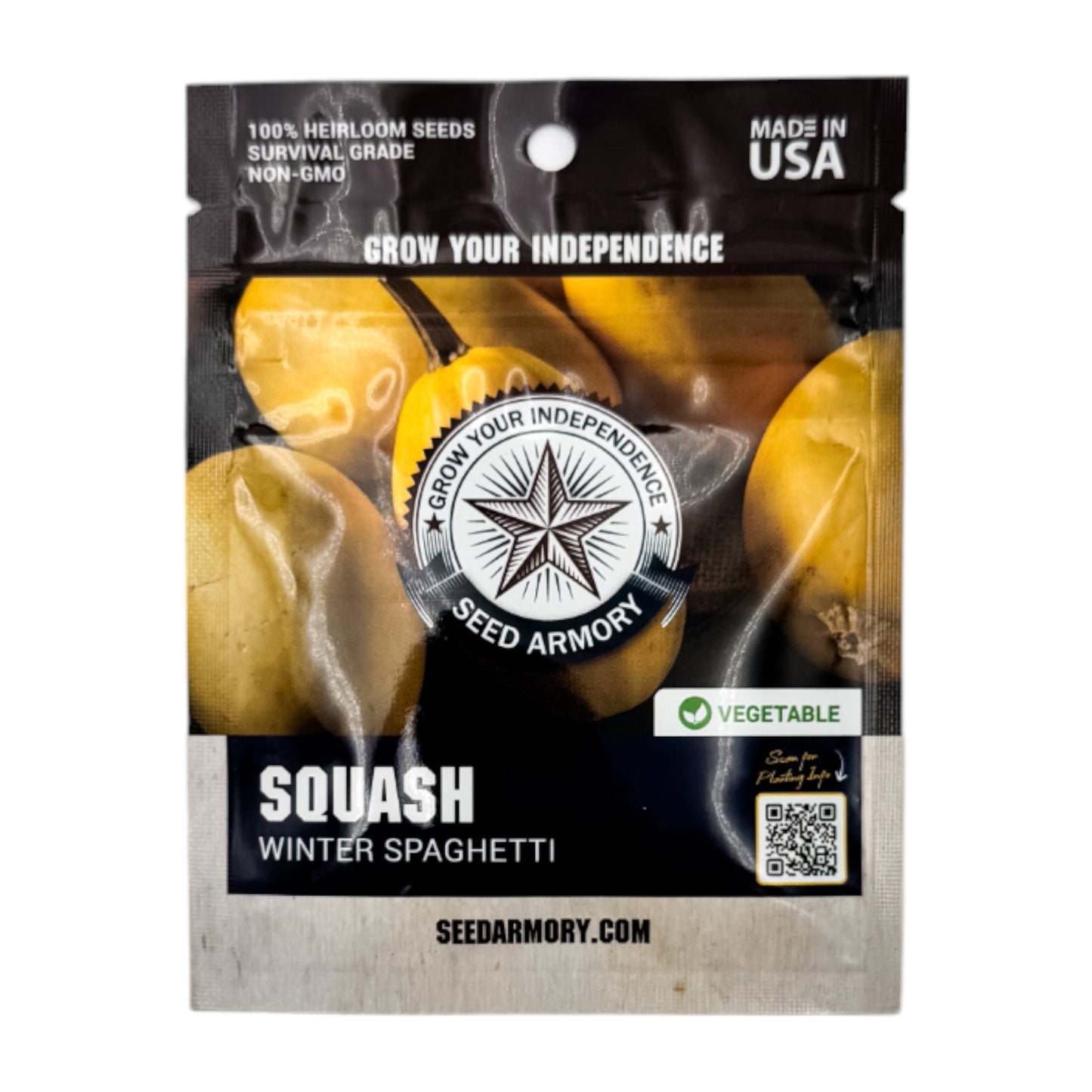
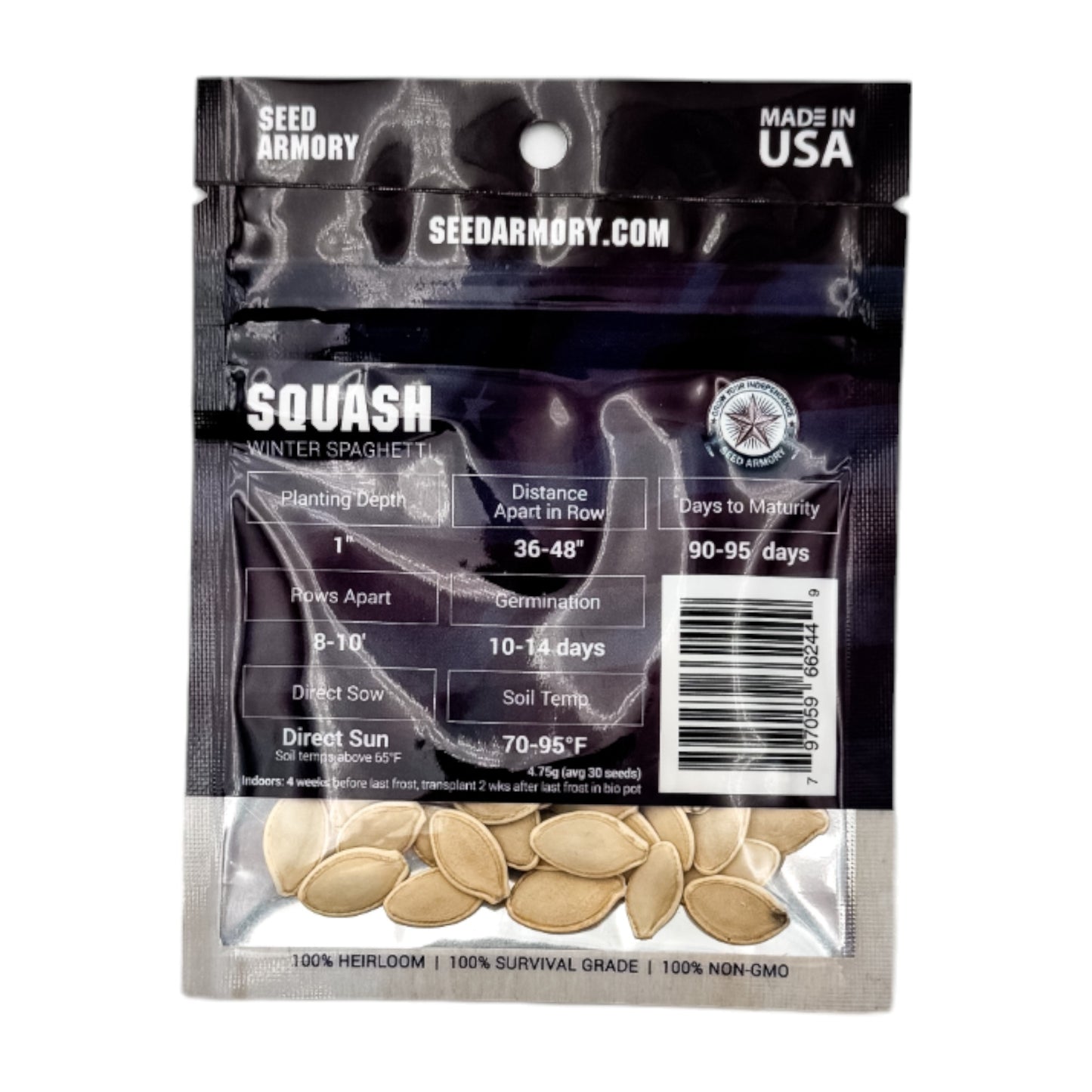
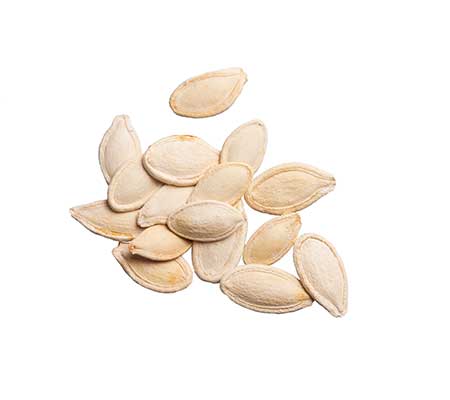
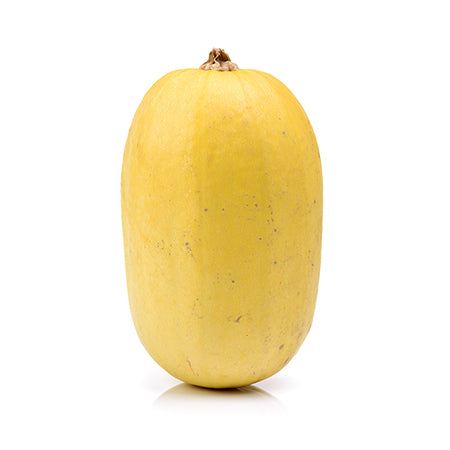
Squash Seeds - Winter Spaghetti


